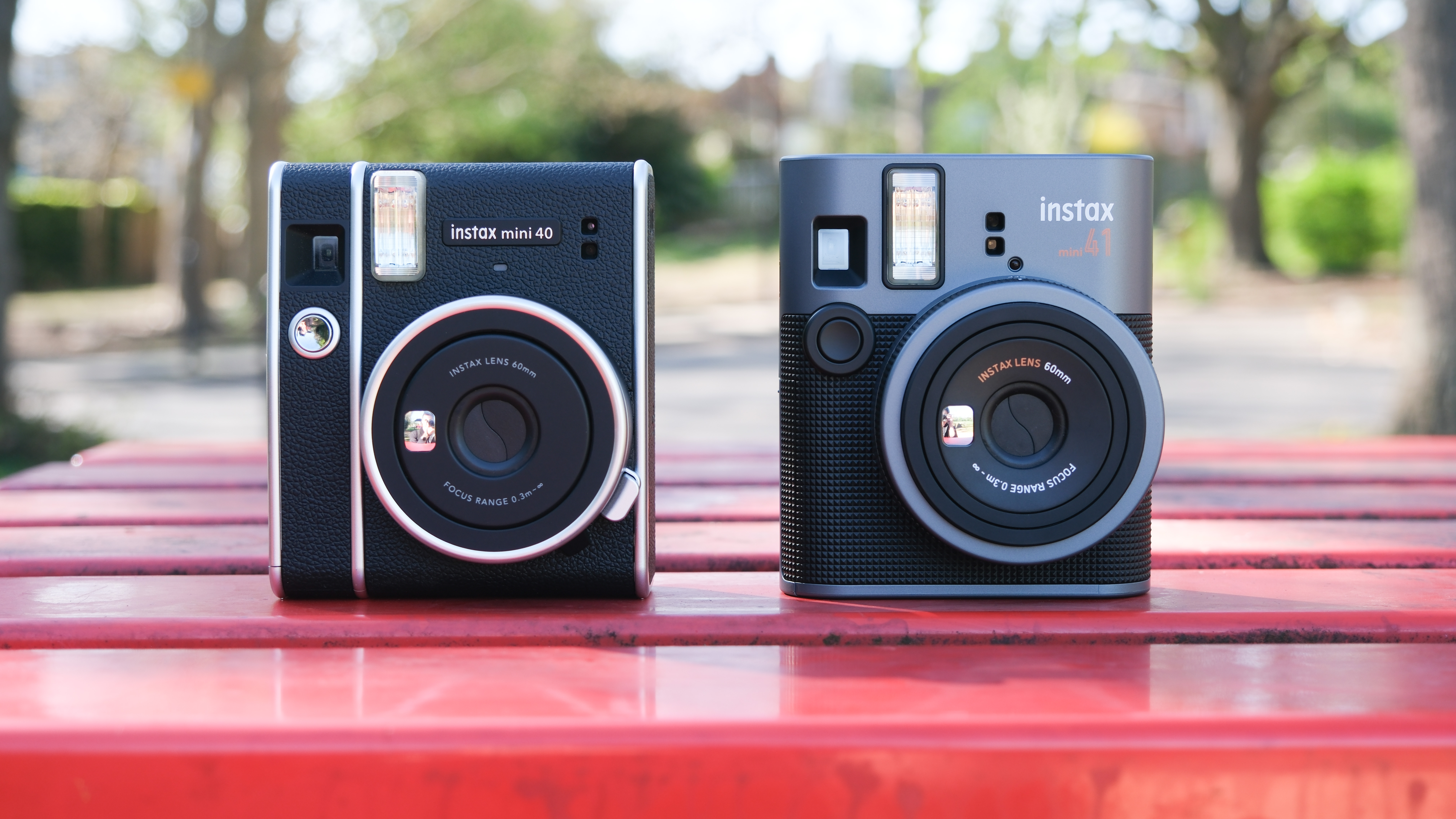Watch video: Photo ideas: Take superb squirrel shots
Photography projects at home
• More home photography ideas
Useful home photography kit
• Best tripods
• Best lighting kits
• Best reflectors
• Best macro lenses
Many places around the world give photographers the ability to see some type of squirrel, or squirrel-type animal such as a chipmunk, roaming and foraging the wild – and even in the back yard.
Almost everyone we know has, at some point, taken their camera to the local park and snapped some shots of a squirrel, but very few of the photos look like anything more than snaps. We’re going to show you how to take better pictures of creatures that you might otherwise overlook.
Getting started is simple: just wander down to your nearest park or woods, camera fitted with a telephoto or super telephoto lens. After that, get on your belly and start photographing the wild animals!
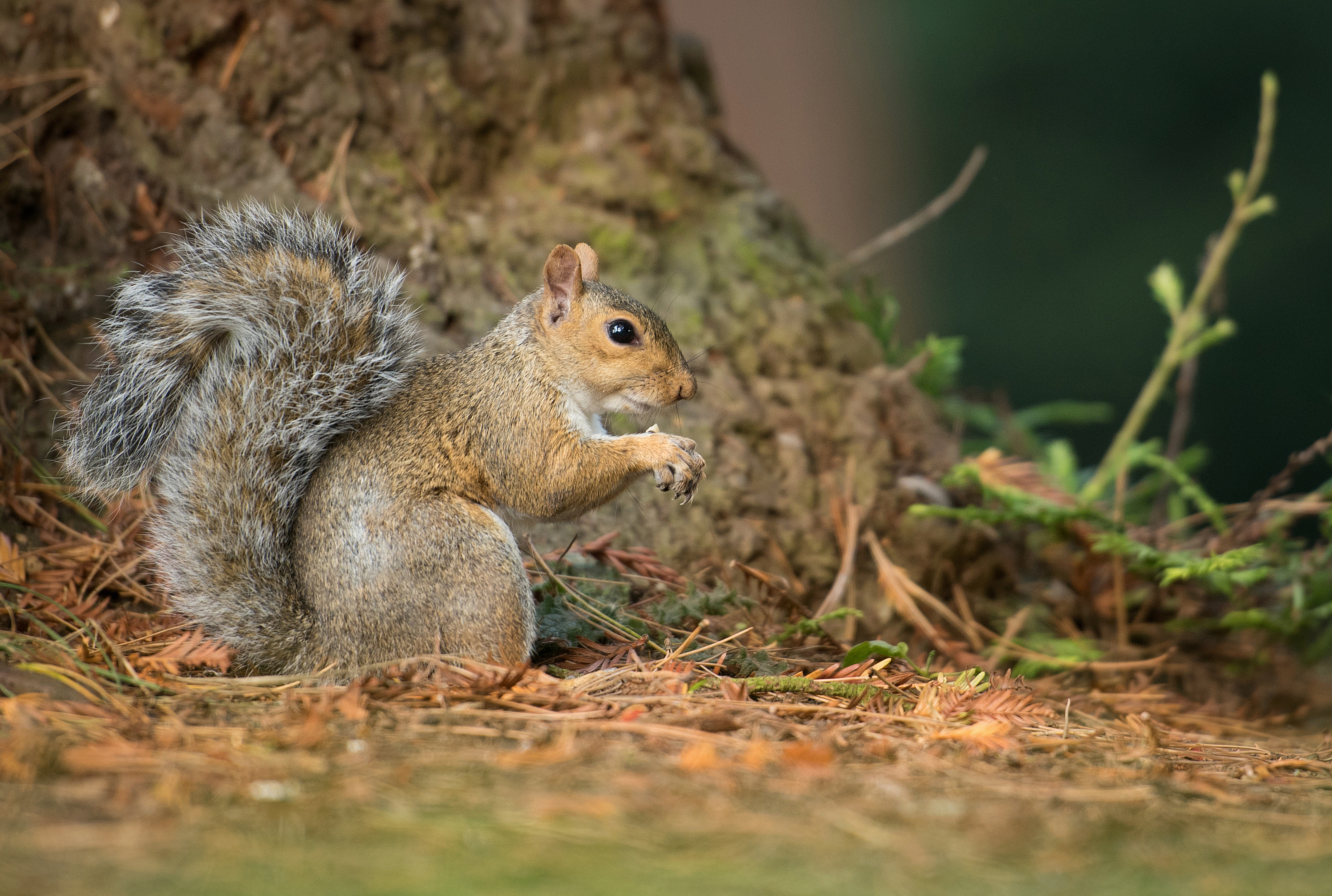
In this tutorial we’re photographing grey squirrels in the United Kingdom, but you can photograph whatever creatures are native to your local areas (or, indeed, use these tips to plan a shoot when you're travelling).
We’re sure that you’ve tried this before, but there are a few expert tweaks that you need to make in order to make your photos stand out above the rest…
• Best online photography courses
Set up for superb squirrel shots

01 Time it right
Head down to your local park to find these critters. Certain times of year will see greater animal activity than others (such as the fall, when squirrels make their stash), and shooting when it’s dry as well as wet will enable you to create different emotions in different weather.

02 Go long
A common mistake is to use a standard or wide-angle lens without paying attention to the background. The easiest way to get a nice, clean background is to just throw it out of focus with a telephoto lens set to a wide aperture and zoomed in as far as you can go.
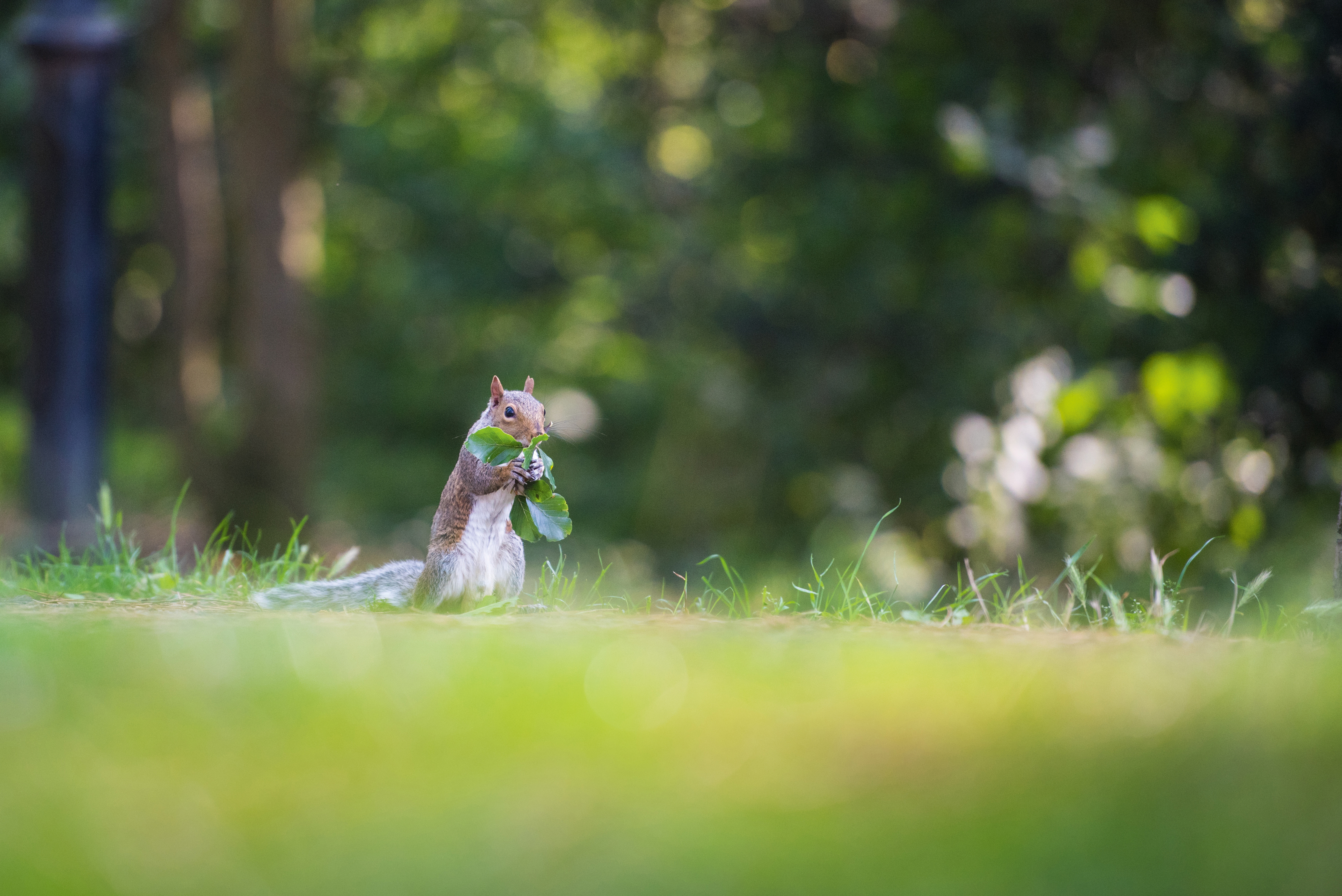
03 Get down low
Choose a simple backdrop not massively different in exposure value from your subject. Ideally, you want the background slightly darker, but as long as it isn’t massively brighter than the squirrel this shot will still look great. Get your lens as close to the ground as possible.
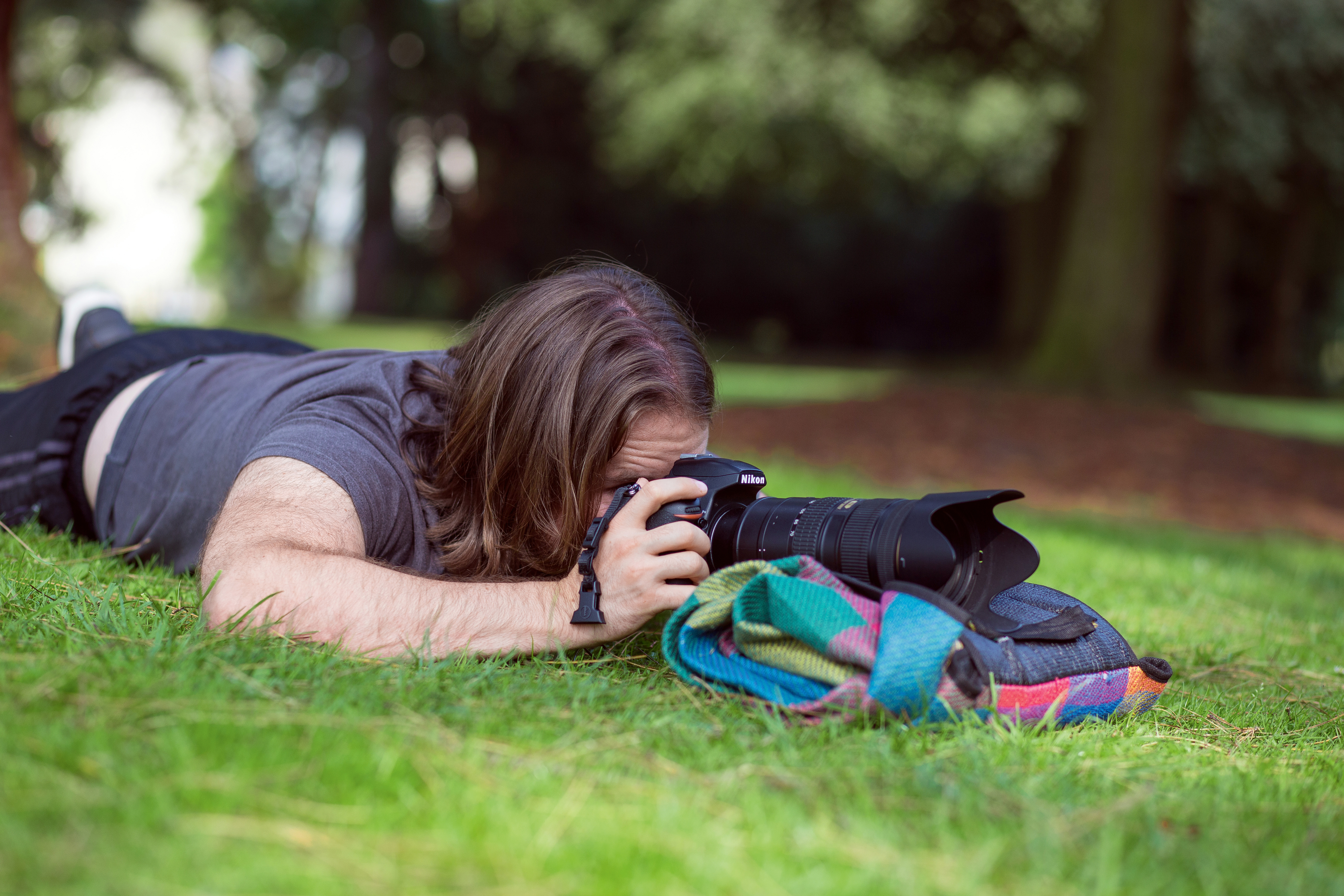
04 Support your Nikon
Don’t break your wrists trying to hold that long lens a few inches off the ground; throw a bean bag or rolled-up blanket underneath it to take the weight off. Bean bags also help you balance your camera on car doors – great for safari parks. And if you're strapped for cash, you can sew one yourself.
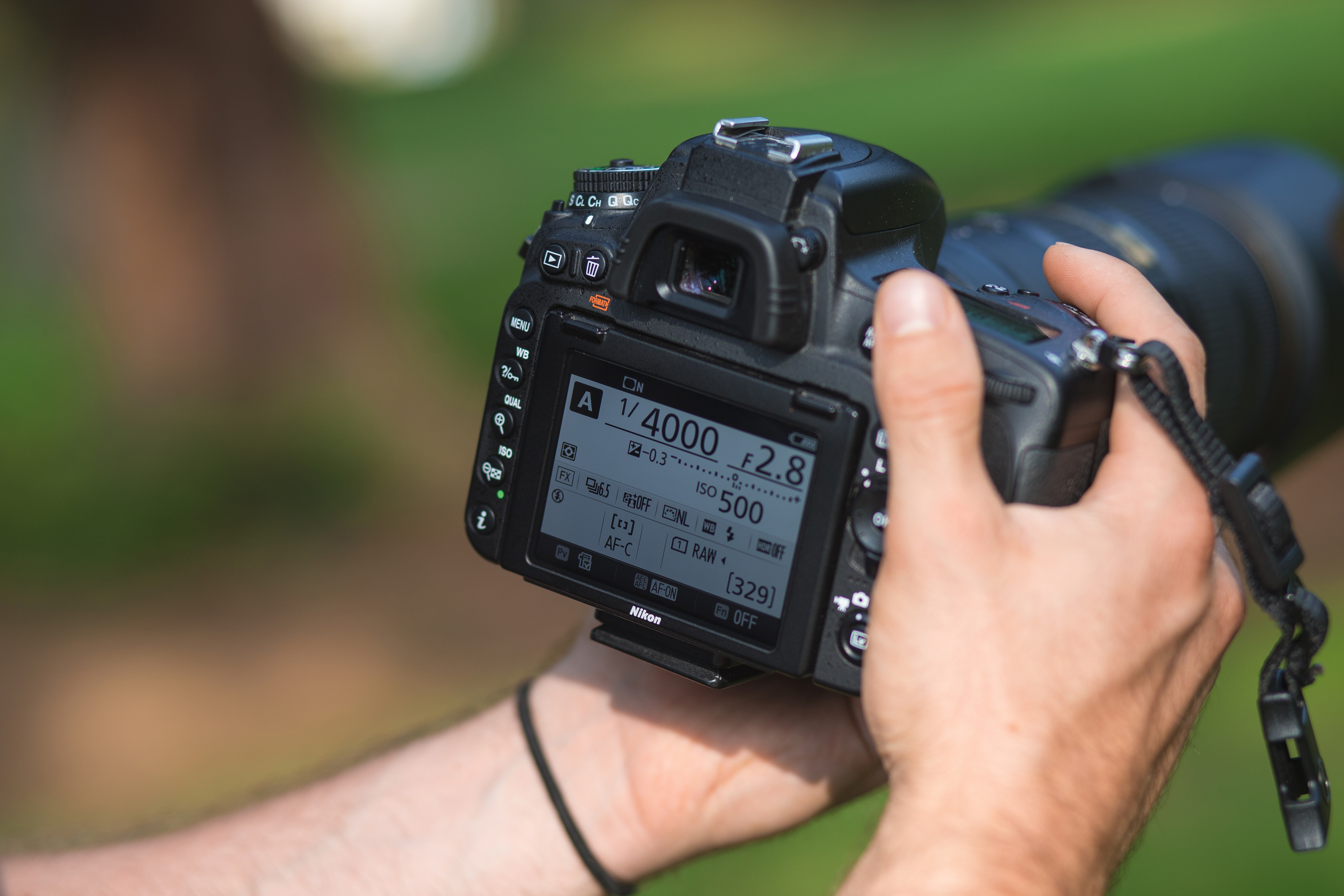
05 Open wide
In aperture priority mode, set the widest aperture that your lens allows and your camera will change the shutter speed as the sun goes in and out. Choose an ISO of 600 or more to give you a fast shutter. If you find that you’re overexposing, even on the fastest shutter speed, turn the ISO down.
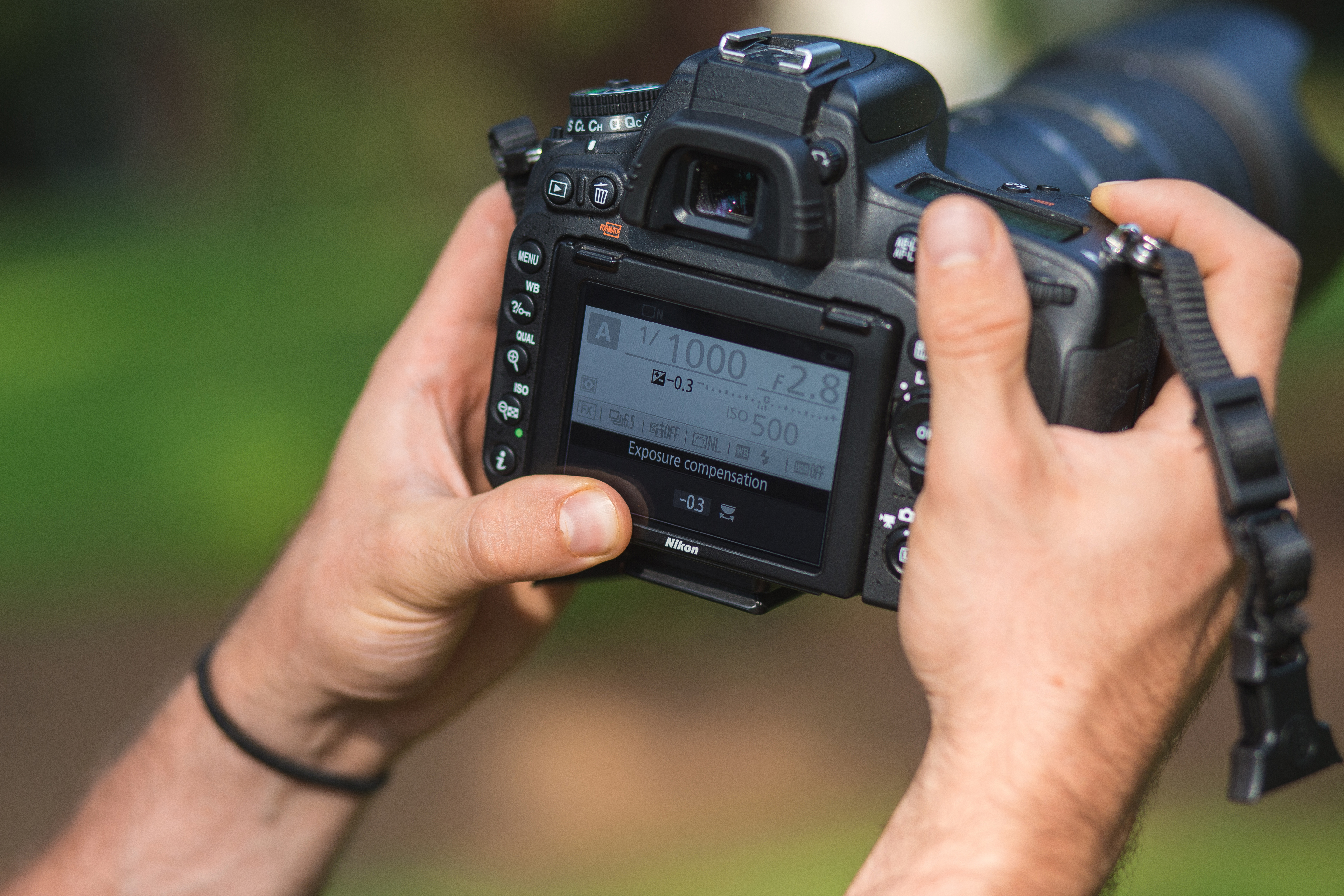
06 Adjust as needed
If the sun comes out, use negative exposure compensation to underexpose the image slightly. It avoids inaccurate metering in scenes with bright highlights and dark shadows. Direct sun can work, but it needs to be low in the sky and will look best if backlighting the animal.
N-Photo: The Nikon Magazine is a monthly publication that's entirely dedicated to Nikon users. For the best news, reviews, projects and more, subscribe to N-Photo today!
Read more:
Best telephoto lens: top zooms for your camera
The best 150-600mm lenses: super-telephoto zooms to get close to the action
The best lenses for bird photography
Get the Digital Camera World Newsletter
The best camera deals, reviews, product advice, and unmissable photography news, direct to your inbox!
N-Photo: The Nikon Magazine is a monthly publication that's entirely dedicated to Nikon users. As a 100% independent magazine, you can be assured of unbiased opinion from a trustworthy team of devoted photography experts including editor Adam Waring and Deputy Editor Mike Harris.
Aimed at all users, from camera newcomers to working pros, every issue is packed with practical, Nikon-specific advice for taking better photos, in-depth reviews of Nikon-compatible gear, and inspiring projects and exciting video lessons for mastering camera, lens and Photoshop techniques.
Written by Nikon users for Nikon users, N-Photo is your one-stop shop for everything to do with cameras, lenses, tripods, bags, tips, tricks and techniques to get the most out of your photography.


